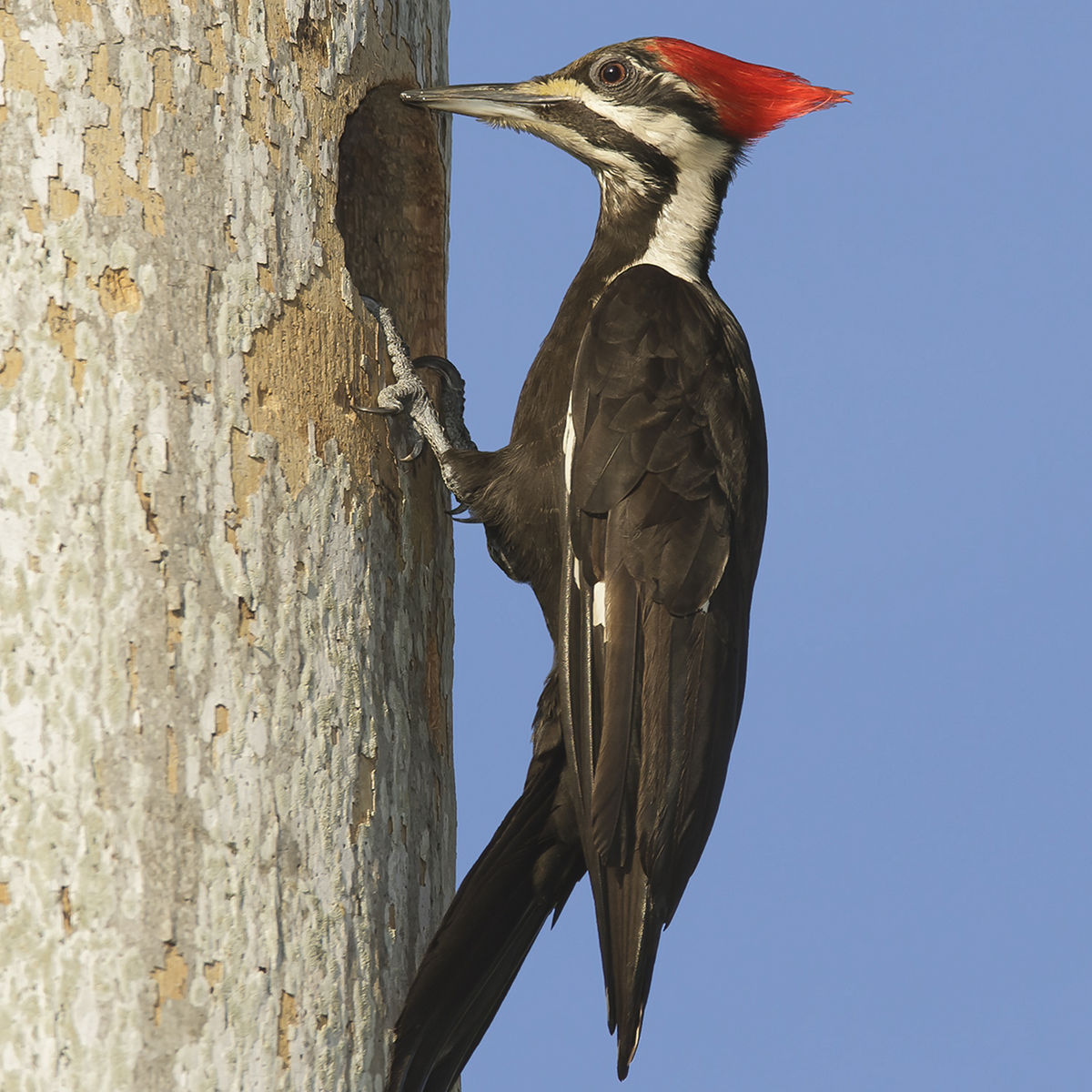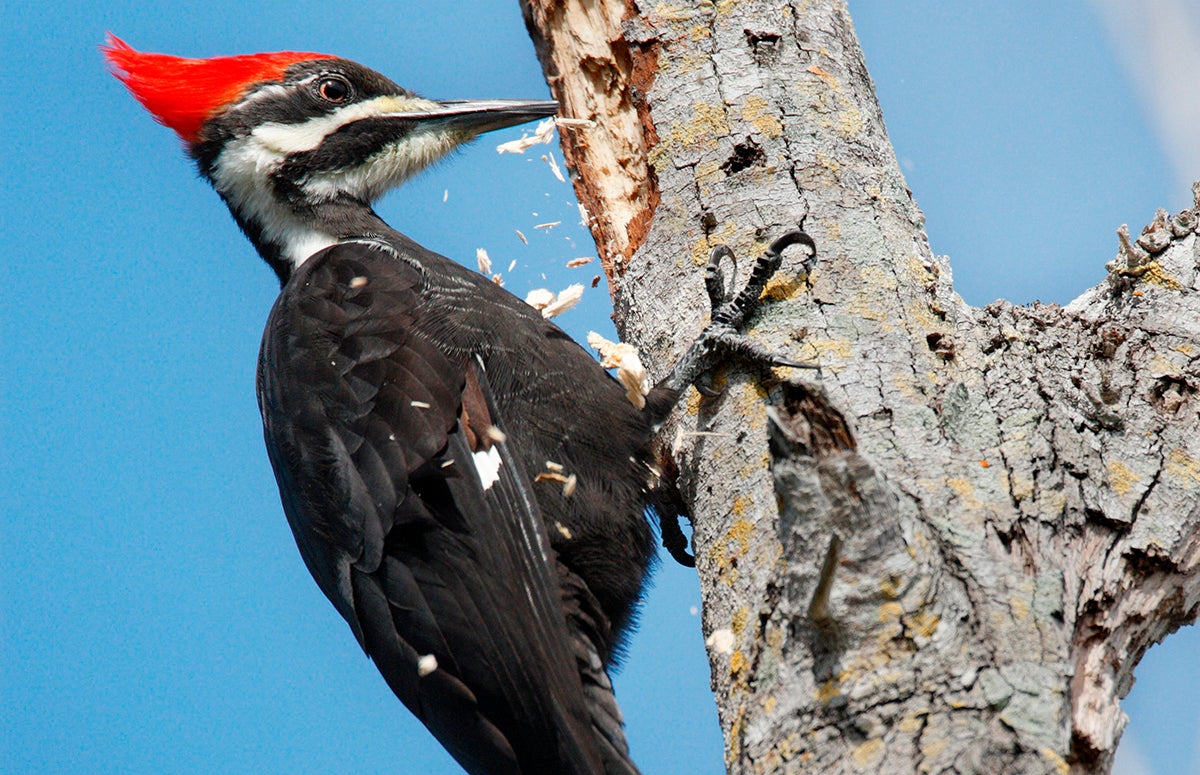Discover the Interesting Globe of Woodpeckers: Whatever You Required to Know
The world of woodpeckers is a world filled with special habits, elaborate adjustments, and a diverse array of species. From their environments and distribution patterns to their feeding behaviors and specialized physiological features, woodpeckers have long astounded the rate of interest of ornithologists and nature fanatics alike.
Woodpecker Habitats and Circulation
Woodpeckers live in a diverse series of atmospheres worldwide, showcasing flexibility in their circulation patterns. These resistant birds are found in forests, forests, savannas, and deserts throughout various continents, showing their capability to prosper in various climatic conditions. In The United States and Canada, for example, woodpeckers can be detected in both coniferous and deciduous woodlands, using their strong beaks to forage for insects and create nesting tooth cavities in trees. In Africa, specific woodpecker types have adapted to arid environments, such as the acacia timberlands, where they play a vital role in managing insect populaces.

Feeding Behaviors and Diet
Woodpeckers utilize their solid beaks to drill into the bark of trees, probing for pests and larvae concealed under the surface area. In addition to pests, woodpeckers additionally eat nuts, seeds, fruits, and sap.
Woodpeckers are known for their drumming behavior, which offers not just to connect with other woodpeckers but also to situate food. The fast drumming sound is developed by the bird pecking on powerful surfaces like dead trees or steel posts. This behavior can bring in bugs hidden in the timber, permitting the woodpecker to find their visibility and prey on them.
One-of-a-kind Adaptations for Tree Climbing
In their adept quest of bugs concealed within tree bark, woodpeckers have actually advanced amazing anatomical functions that outfit them with one-of-a-kind adjustments for efficient tree climbing. Woodpeckers have strong neck muscles and a distinct skull structure that take in the effect of continuous pecking, permitting them to climb up up and down without creating injury to their minds. These adjustments display the incredible evolutionary design that allows woodpeckers to navigate trees with Website precision and efficiency.
Diverse Woodpecker Species Worldwide
With over 200 different species spread across various habitats worldwide, the family members of Picidae includes a remarkable variety of woodpeckers. These birds can be found in woodlands, timberlands, savannas, and even city areas, showcasing their flexibility to various environments. From the iconic Northern Flicker in The United States And Canada to the check out this site colorful and evasive Crimson-backed Flameback in Asia, each woodpecker varieties displays distinct qualities in terms of tuft, behavior, and habitat preference.
Woodpeckers differ substantially in dimension, with the small Downy Woodpecker measuring around 6-7 inches in size, while the powerful Lineated Woodpecker can rise to 17 inches - Woodpeckers in Florida. Their beaks additionally can be found in different sizes and shapes, reflecting their feeding habits. Some varieties focus on extracting pests from tree bark, like the Acorn Woodpecker, while others, such as the Black-cheeked Woodpecker, feed upon fruits and seeds

Preservation Initiatives and Obstacles
Conservation initiatives for woodpecker populations are important in minimizing the impact of habitat loss and other risks dealing with these varied bird types. Woodpeckers encounter numerous obstacles to their survival, largely as a result of deforestation, urbanization, climate change, and invasive species. To address these issues, conservation efforts concentrate on protecting and restoring woodpecker habitats, implementing sustainable forestry techniques, and elevating recognition concerning the relevance of these birds in ecological communities.
One substantial obstacle in woodpecker preservation is the fragmentation of their habitats, resulting in isolated populaces that are extra prone to termination - Woodpeckers in Florida. Guardians work to develop wild animals passages and safeguarded areas that attach these fragmented environments, enabling woodpeckers to move in between various areas for feeding, reproducing, and sanctuary

Conclusion
Finally, woodpeckers are fascinating birds with one-of-a-kind adjustments for tree climbing and feeding behaviors. They can be found in diverse habitats worldwide, facing conservation difficulties because of habitat loss and human activities. Comprehending their habitats, diets, and behaviors is vital for preservation initiatives to secure these crucial bird types. Additional research wikipedia reference study and preservation actions are needed to ensure the survival of woodpeckers in the wild.